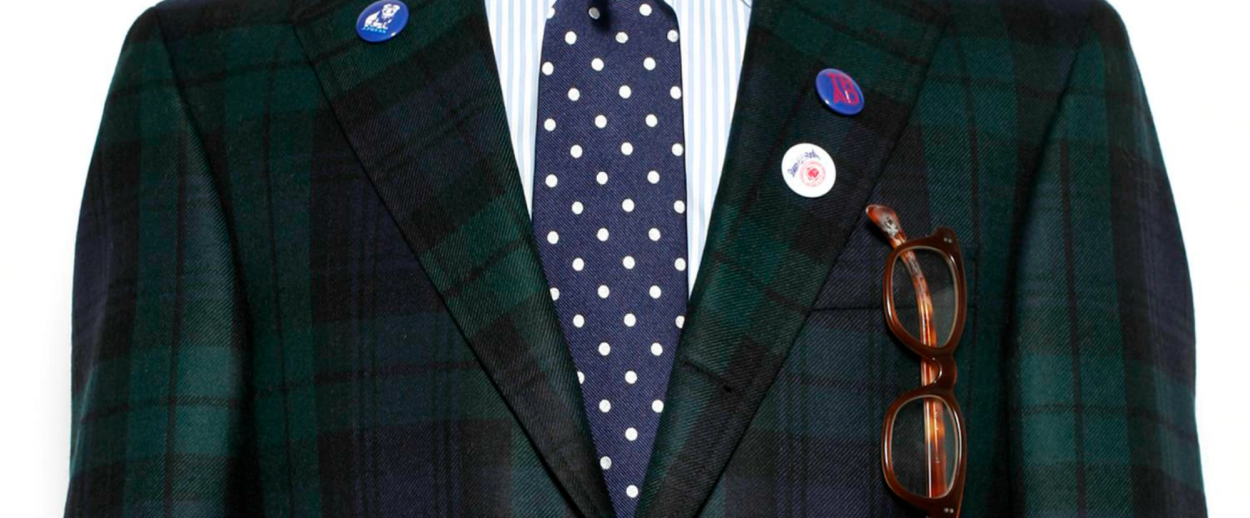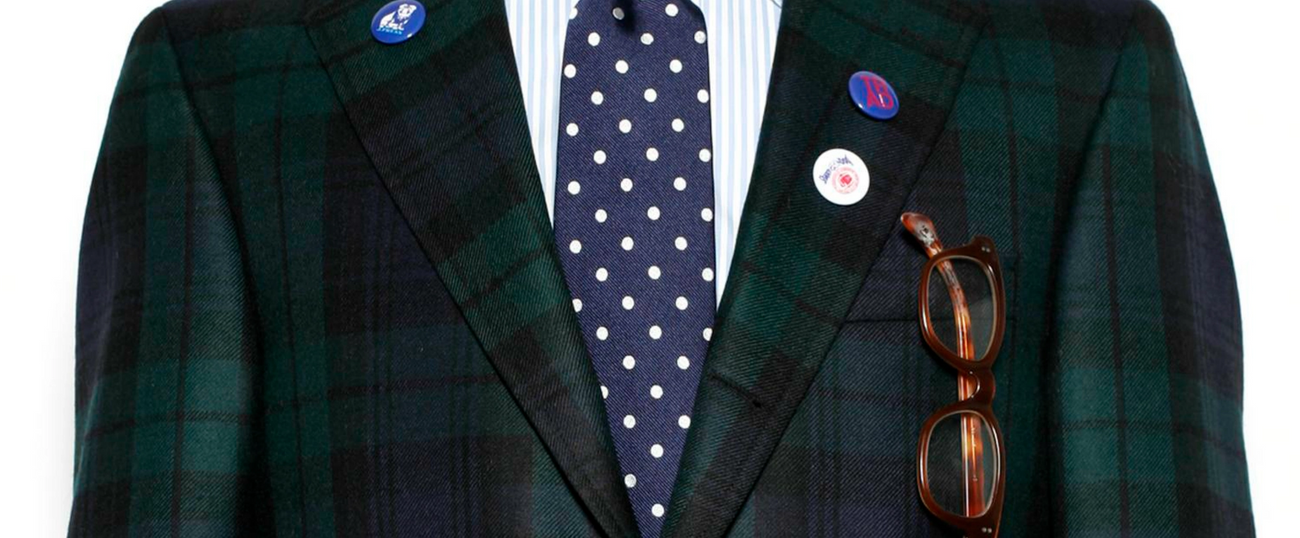Farewell Julius Hertling, the Jew Who Made WASPs Look Like WASPs
The schmatte king behind J. Press fashioned a unique all-American style




Have you heard of Julius Hertling? Yeah, me neither. I came across his name during one of those sad late-night internet slurps, the equivalent of a bowl of cereal after hours: too tired to consume anything complex or difficult, but too wide awake to just go to bed, you settle for what’s easy and comfortable. For some, that means Zillow, for others YouPorn, and for the saddest of all, Breitbart (or as Gizmodo calls it, “America’s number 1 website for adult virgins”). But for me, that hazy hour means preppy-clothing blogs. Which brought me, and brings us, to Julius Hertling.
Hertling, who died last week at the age of 92, owned a clothing manufacturing firm that made menswear for, among other clients, J. Press, the most preppissimo of brands, since 1902. According to a eulogy delivered by family scion Richard Press, and quoted at Ivy Style, where I found it:
Julie Hertling was a very special man, illustrated by his heroism in the Battle Of The Bulge during World War II. When I met him in the mid-’60s, he had the gruff intelligence, go-get-’em quality of a veteran, but he was a magnificent manufacturer, and made more than half our suits on J. Press patterns devised by Paul and Irving Press …
He’d always take me to De Monte’s, which is a pseudo-mafia hangout in Brooklyn. In his factory he had about a dozen tailors making trousers, and he introduced me to every single one, and knew each of their biographies.
In the tradition of Southwick and Norman Hilton, Hertling’s suits and sportcoats were natural shoulder with high notch lapel, represented perfectly the J. Press Ivy League soft-shoulder model. His trousers, which were a specialty, were mostly plain front with 20-inch knee and 17-inch bottom, and his grey flannel trousers were quintessential trouser for J. Press. He began manufacturing for us in the mid ’60s and when I left J. Press in 1991, he was still the primary source for suits and trousers.
To some of you, that makes as much sense as “icing,” when used as a hockey term, does to me: you have a vague sense that you are in the presence of English, but you couldn’t possibly interpret what’s being said. Just know this: it means that this elderly Jew was as important as anybody in making Wasps look like Wasps. Or making Jews look like Wasps. Or making men around the world look simply good.
But should we be surprised? The only surprise here is that I hadn’t heard of him before. After all, I like keeping track of the Jews who are the trad in what ebay calls “trad” men’s clothing: Jacobi Press. Sidney Winston, who dressed President Kennedy and still makes the best jacquard dog-print ties known to man. Barney Pressman, of Barney’s. Lester and Seymour Isenberg, of Gentree Ltd. And of course Ralph Lauren.
Sidney Winston met Kennedy when he worked a traveling trunk show that stopped by Choate, among other New England prep schools—imagine a time when Jewish salesmen arrived on campus to hawk their wares to manner-born Gentile teens! Today, dressing other men is not a career of choice for our people, now that we have arrived, now that we’re at home in America. But in the century that men like Julie Hertling ran the schmatte business, they helped us dress, and perhaps even act, a bit more like gentlemen. We should button down a collar in his memory.
Mark Oppenheimer is a Senior Editor at Tablet. He hosts the podcast Unorthodox. He has contributed to Slate and Mother Jones, among many other publications. He is the author, most recently, of Squirrel Hill: The Tree of Life Synagogue Shooting and the Soul of a Neighborhood. He will be hosting a discussion forum about this article on his newsletter, where you can subscribe for free and submit comments.